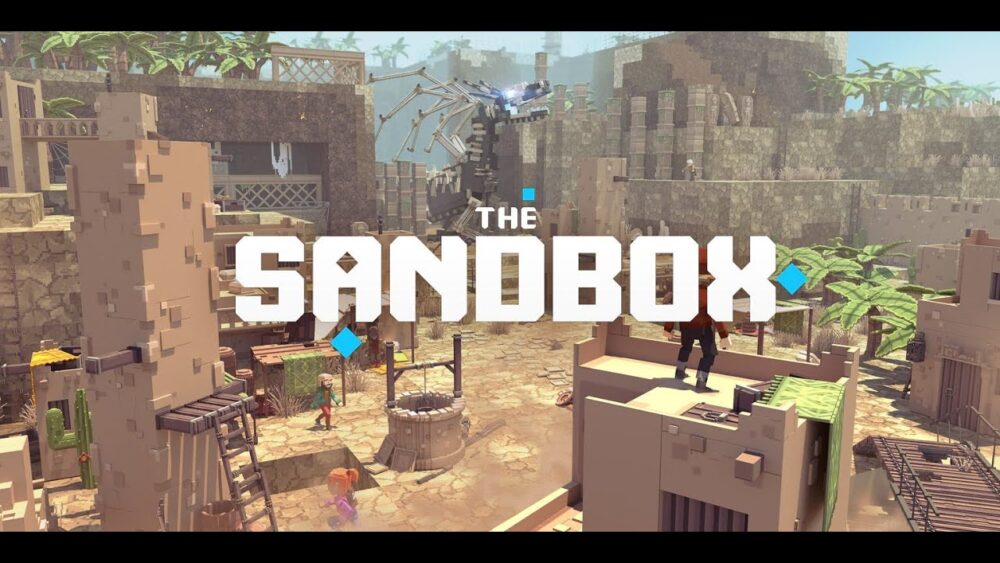The flexible generation system makes Minecraft one of the most diverse sandbox games, offering players various types of worlds, each with its own unique features. Depending on your goals, you can choose a classic procedurally generated biome, a superflat map, or a completely empty space for creative experiments. Below, we will look at how to create a world in Minecraft: generation parameters and additional features that allow you to modify the landscape, biomes, and the structure of the game environment.
Main World Settings in Minecraft
Before creating a world in Minecraft, it is important to configure the generation parameters. In the new game creation menu, key categories influencing the landscape, difficulty, resources, and other conditions are presented. Among the main settings are:

- Game mode – determines whether the space will be created for survival, creative, adventure, or hardcore mode.
- Type – affects the landscape, the presence of biomes, and the structure of the soil. Standard options include normal generation, a flat world, and personalized settings.
- Structure generation frequency – regulates the presence of villages, abandoned mineshafts, dungeons, and fortresses.
- Terrain generation parameters – allow you to adjust hill height, ocean depth, ore distribution, and cave presence.
- Seed – a unique numerical code that determines the terrain structure.
How to Create a Flat World in Minecraft
The superflat format is suitable for construction, testing mechanisms, and creating custom maps. In the standard version, the soil depth consists of three blocks: grass, dirt, and bedrock.
You need to:
- Go to the world creation menu.
- Select “World Type” → “Superflat”.
- Open the settings and change the structure of the soil layers.
- Disable village generation if a clean map is needed.
- Create the space and start building without limitations.
Additionally, you can customize biomes by choosing a desert, plains, or snowy landscape, or change the layer heights by adding new materials.
How to Create an Empty World in Minecraft Without Mods
Creating a completely empty space opens up opportunities for building in a completely clean environment without limitations. This option is ideal for map development, testing mechanisms, creating parkour challenges, or aerial structures. Unlike standard worlds, here there are no blocks, biomes, structures, or any natural objects, except for the starting platform. To generate an empty world in Minecraft without mods, correct configuration of the superflat mode is required. In the standard parameters, there is no option to remove the entire surface, but with commands, any map elements can be removed, leaving a clean airspace.
The process begins with forming a new environment. In the “Settings” section, the “Superflat World” type is selected. By default, this mode creates a map consisting of three layers of soil and bedrock at the bottom, but the parameters can be edited. Removing all levels except the starting platform will make the world completely empty, and an additional command will clear the remaining blocks within a 30-block radius from the center.
Running an additional command will remove the remaining land elements, creating a completely clean space for building. This solution allows you to remove starting structures, providing an endless aerial landscape where you can build any structures without worrying about obstructing objects.
How to Create a Diamond World in Minecraft
Such an option is not available in the standard settings, but using editable parameters of superflat generation allows you to replace ordinary soil layers with valuable materials such as diamonds, emeralds, gold, or iron. The process starts with space configuration. In the basic version, the superflat landscape option consists of a grass layer, several layers of soil, and bedrock, but the structure can be completely changed. To do this, all standard layers are removed and replaced with new ones consisting of diamond blocks.
Editing this format includes changing height parameters. In the classic version, the soil thickness consists of three layers, but you can set the depth to tens or even hundreds of blocks, creating a true diamond layer. As a result, an area entirely made up of valuable materials appears, making it unique for creativity or testing game mechanics.
Using the diamond world opens up new possibilities for experiments, allowing you to explore the resource generation features, test the impact of different tools on block mining, or simply enjoy creating original architectural objects. This format is popular among builders, map developers, and players who want to explore gameplay mechanics without standard limitations.
Types of Worlds in Minecraft – What to Choose for Gaming?
Depending on your goals and preferences, you can choose different generation modes:
- Standard world – a familiar map with plains, mountains, caves, and biomes.
- Superflat space – ideal for building and mechanical tests.
- Empty territory – provides endless aerial space for creativity.
- Amplified world – creates huge mountainous landscapes with sharp height variations.
- Floating islands – floating platforms that require a special survival strategy.
Generation: Adjusting Parameters
Each world in Minecraft is generated randomly, but you can manually set parameters to create an interesting location.

The following options are available:
- Biome selection – you can create a desert, jungle, forest, snowy plain, or mushroom island.
- Structure customization – adjusting the placement of villages, temples, mines, and forts.
- Mob spawn frequency change – the ability to increase or decrease the number of creatures.
Conclusion
The overview demonstrates how to create worlds in Minecraft and customize the map for any gaming purposes. Thanks to the variety of generation types, you can choose flat, empty, diamond, or amplified formats. The flexibility of settings allows you to edit biomes, terrain, and environmental parameters, creating unique gaming scenarios.
 en
en  ru
ru  de
de  ar
ar  es
es  nl
nl  hi
hi  fr
fr  it
it  pt
pt  el
el 



